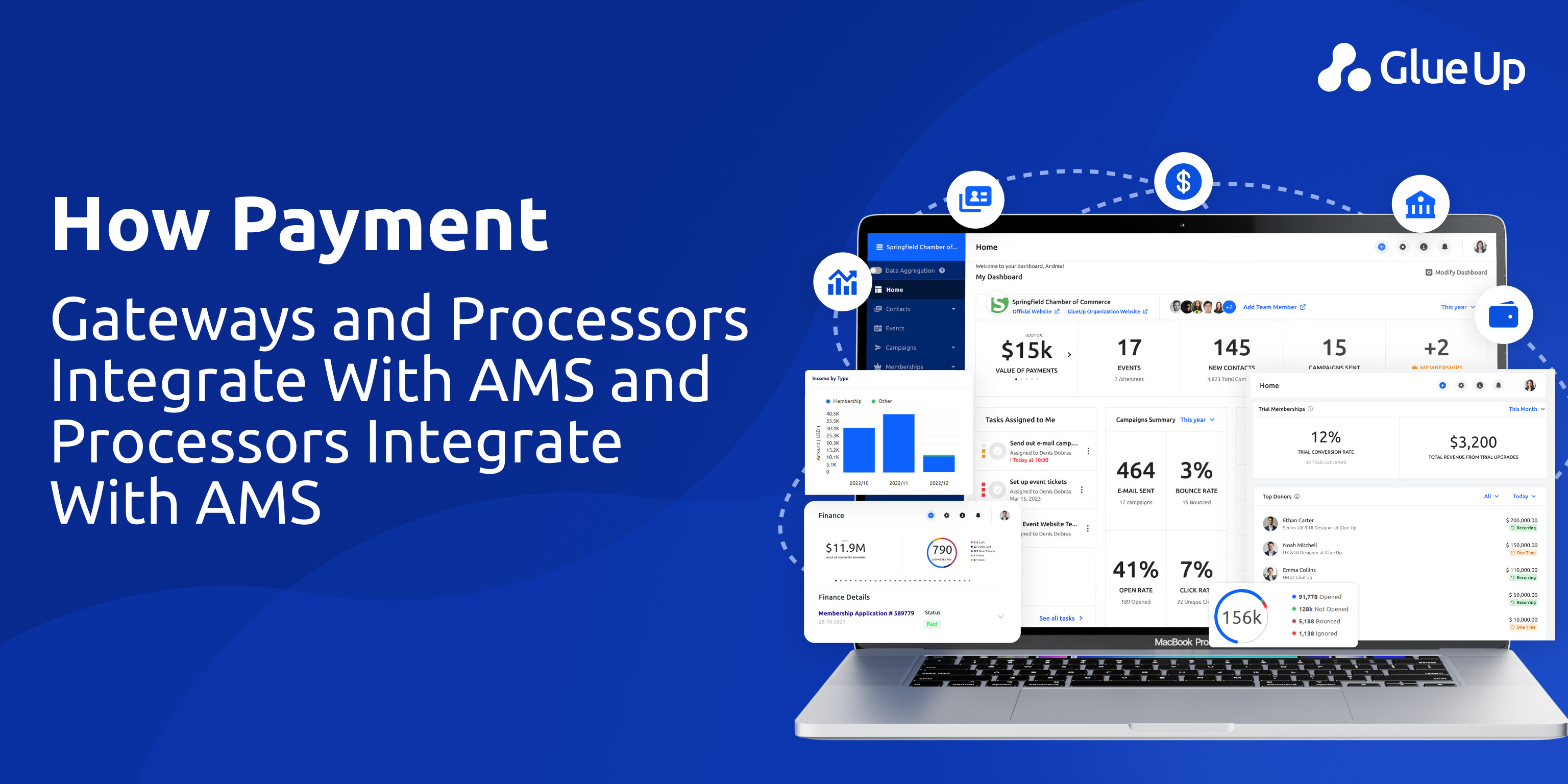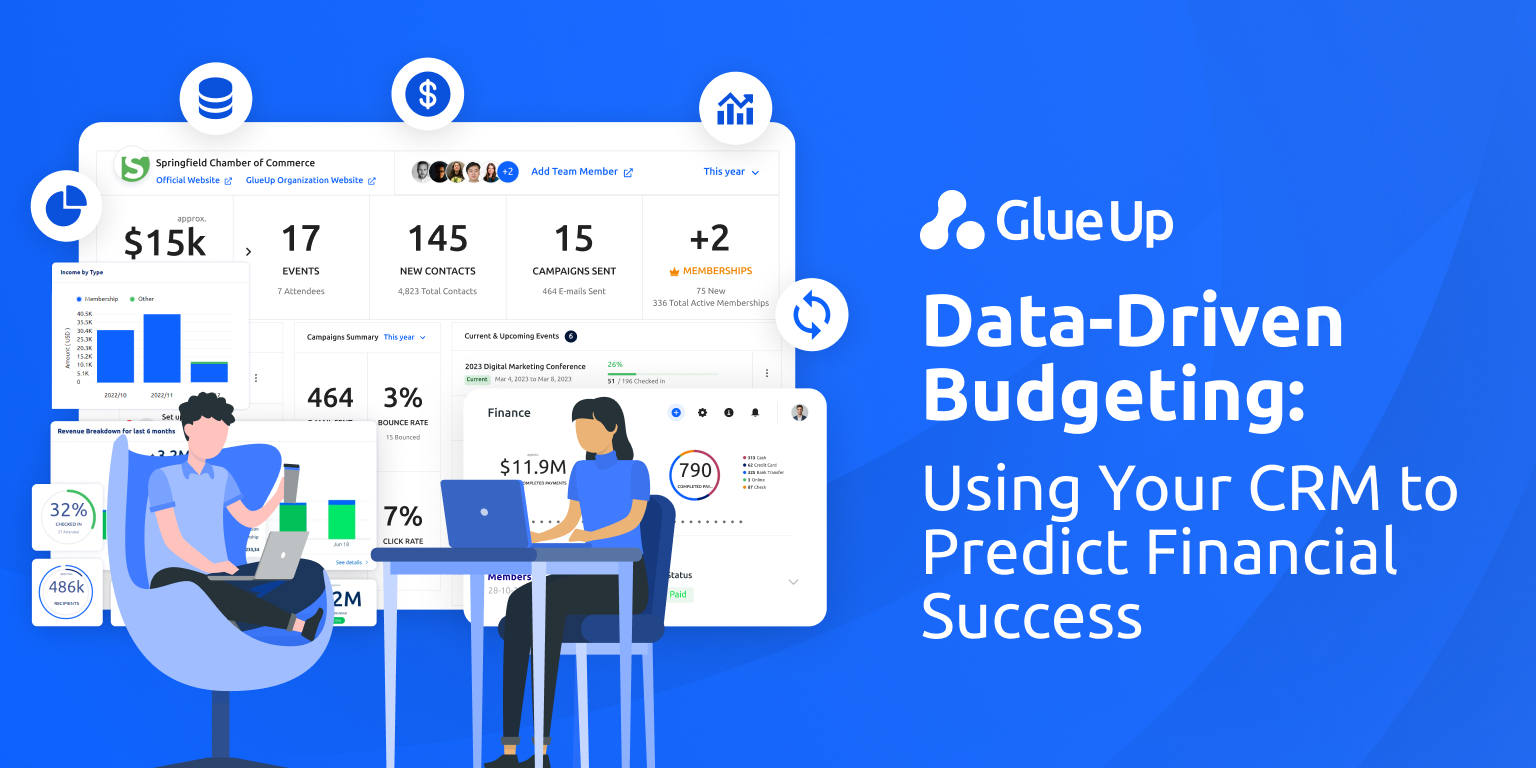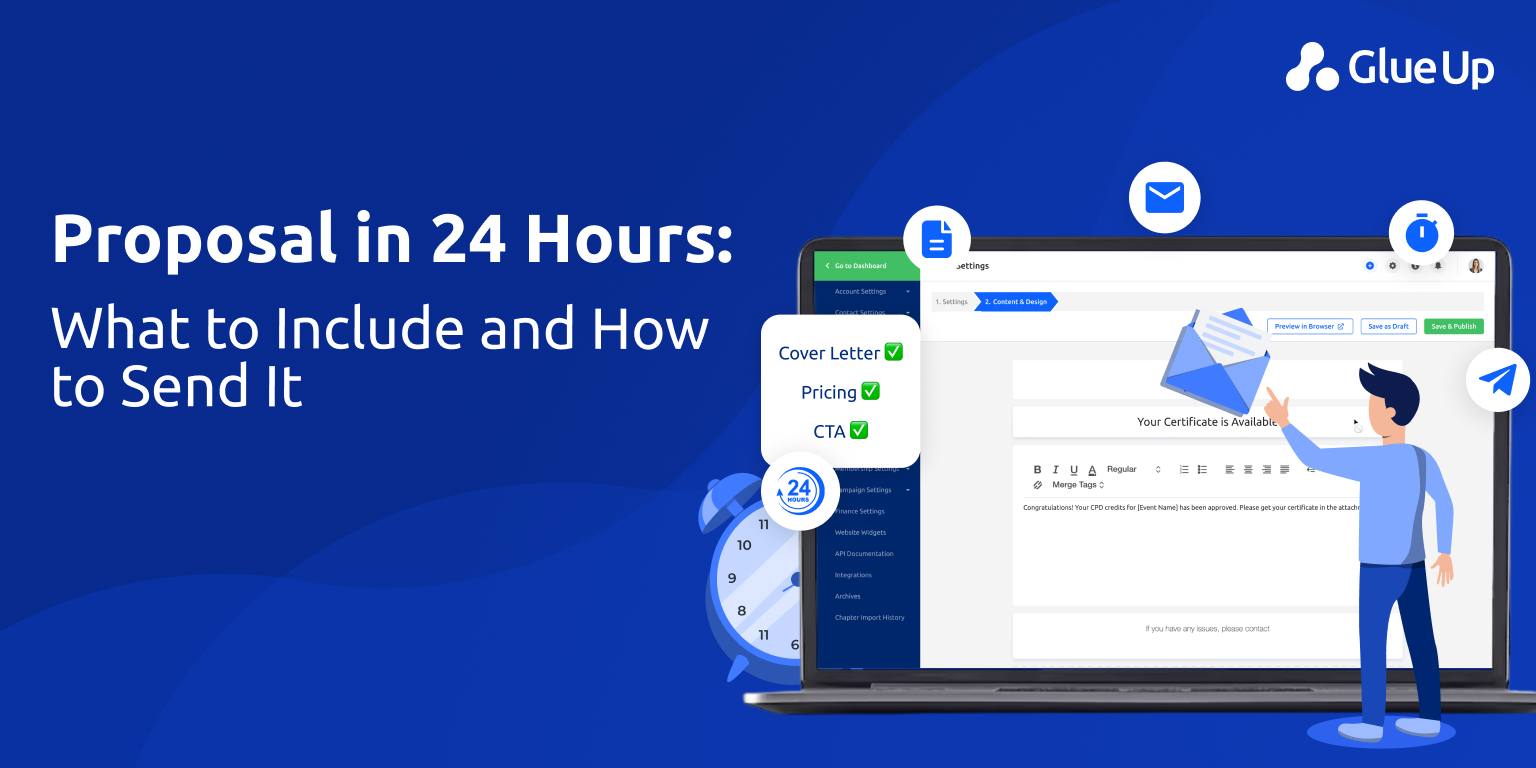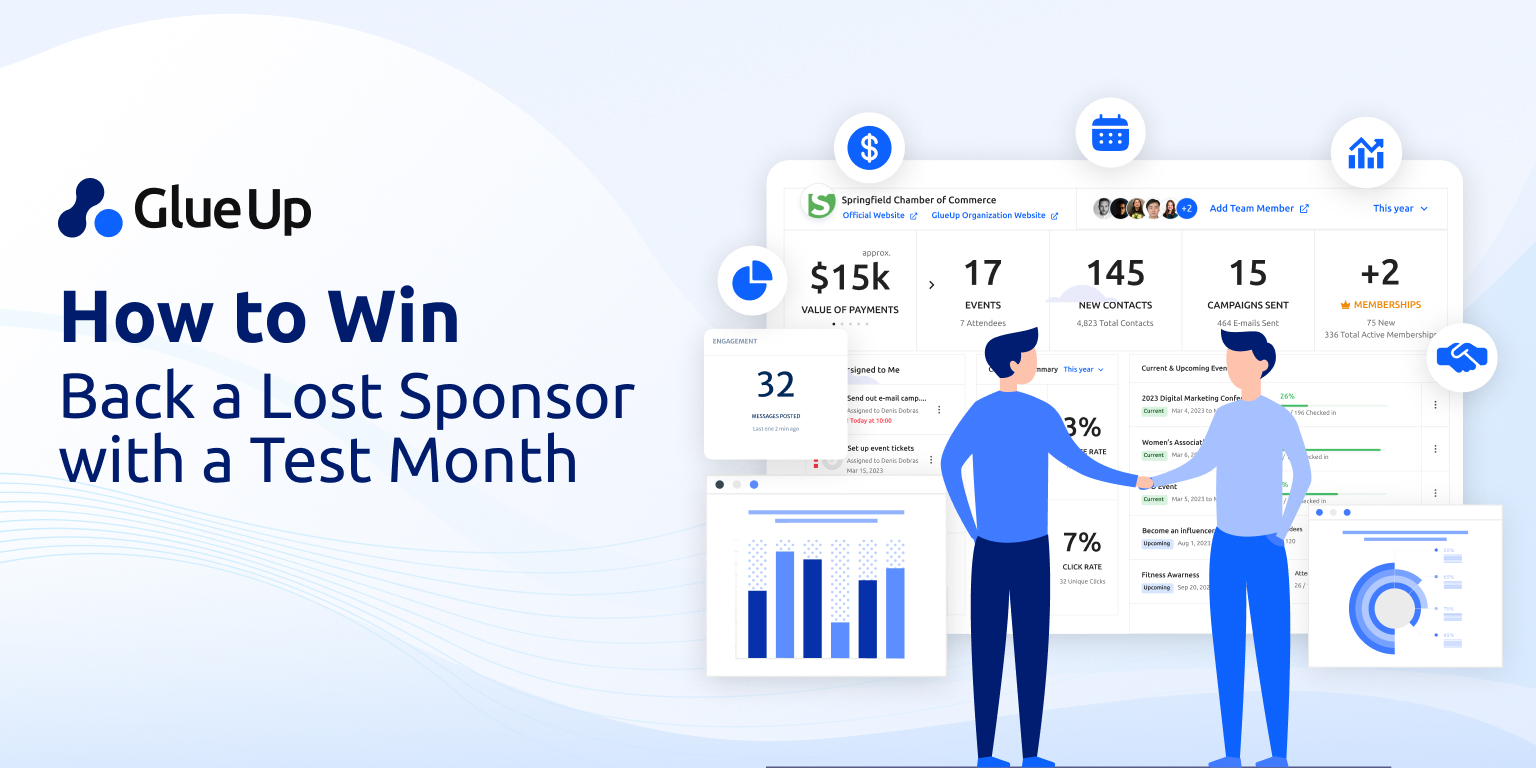
Picture this: you’re sitting in the conference room, the board is watching the slides, your membership-team captain reports that renewal numbers are down by 6 % compared to last year, and you thought you’d covered everything, member outreach, events lined up, sponsorships locked. Yet something slipped. A few expired cards. A handful of European members flagged for authentication. An ACH pull that bounced silently. Overnight, the numbers don’t behave like they should.
Why? Because the AMS payment gateway you selected (or didn’t fully configure) isn’t doing the heavy lifting behind the scenes. In other words: you weren’t simply buying a payment option; you were buying a strategic growth lever.
When your AMS payment gateway is optimized, your renewals tick up, finance gets clean data, and your team spends time on value instead of firefighting. When it’s half-baked, you get manual spreadsheet chaos, member frustration, and revenue leakage. Let’s unpack how getting your AMS payment gateway right is non-negotiable.
Key Takeaways
Treat your AMS payment gateway as core infrastructure. It drives renewals, cash forecasting, member experience, and audit readiness, small setup choices have big revenue effects.
Keep PCI scope light on purpose. Use hosted checkout or iFrames, tokenize everything, and let the gateway handle card capture and SCA so your AMS never touches sensitive data.
Make ACH a strength. Validate bank accounts on first use, keep clear e-authorizations, follow a simple return-code playbook, and log everything in the AMS.
Pick a single source of truth for money. Let the AMS invoice lead, feed it with gateway webhooks, reconcile nightly from payout files, and work a short exception list instead of living in CSVs.
Design for renewals. Turn on AutoPay, account updater, and smart retries, map GL codes up front, test SCA and failure paths, and measure success rate, involuntary churn, and hours saved.
Quick Reads
Gateway vs Processor: What Your Leadership Actually Needs to Know
Often associations lump together payment terminology and assume “we process payments” happens automatically. But there’s a critical distinction:
Gateway: This is the front door to the payment world. It captures payment details, encrypts them, manages user experience (hosted pages, redirect, iFrame), handles wallet or token logic, and initiates the transaction request. The AMS payment gateway is the interface and the messenger.
Processor (or acquirer): This is the rail network. It handles authorization, clearing, settlement, takes interchange fees, manages chargebacks and complex network flows.
Why it matters for you:
If your gateway and processor are separate, you may have more flexibility (choose best pricing, region-specific features) but you also carry more coordination risk.
If your gateway doesn’t integrate fully with your AMS, status updates get delayed and manual work creeps in.
If your board sees payment fees as a line item without understanding the architecture, you miss the point: the right AMS payment gateway lowers operational cost, reduces error, improves member experience, and that translates into retention.
The gateway is the door and messenger; the processor is the road and tollbooth. When the door is rickety, the road gets jammed, and your renewal convoy stalls.
Why Integration Matters for Associations
You serve an association or chamber. Your members pay dues, attend events, purchase sponsorships, fund certifications. Your AMS ought to manage this fluidly. But when payment flows are poorly integrated, here’s what happens:
Manual posting: Staff exports payment reports from the gateway, imports into the AMS, emails back and forth. One missed row means a member thinks they’re paid when they’re not.
Cash-flow uncertainty: Finance can’t confidently forecast because payment status is “maybe” until someone verifies the CSV.
Member friction: A member registers for a high-value event, pays online, but the AMS still shows “pending” hours later. They call. They ask. Your team scrambles.
Hidden churn: Renewals fail because cards expired, ACH returned, and no instant retry path, or reminder was in place.
You have an AMS payment gateway that sends a webhook the moment payment is captured. The AMS flips the invoice to “paid,” a receipt email fires, the finance dashboard reflects the deposit within two hours. Staff sees “green”, cash forecast models update, board slides reflect real-time momentum.
A recent survey found that more than half (52 %) of organizations are using five or more payment integrations (gateways, fraud tools, wallets) and many don’t even know how many they have. For associations, that means confusion, integration debt, and hidden cost. A streamlined AMS payment gateway integration becomes a competitive advantage.
When you position Glue Up in this context, you’re offering operational clarity, fewer surprises, better member experience, and more predictable revenue growth.
The Foundation Your AMS Payment Gateway Must Rest On
When you mention “payments” to your board or risk committee, eyes may glaze over. But this is exactly where trust fails or gets built. A lightweight misstep in your payment flow can erode trust, yield audit findings, and spark member complaints.
Here’s the breakdown of key controls:
PCI-DSS Scope Control
If your AMS or website captures card numbers directly, you likely fall into SAQ A-EP territory (about ~190 controls). If instead you redirect to the gateway’s hosted page or iFrame and don’t store sensitive data, you may qualify for the lighter SAQ A path (~22 controls).
Studies show that the latter path reduces cost, risk and audit burden. That is why selecting an AMS payment gateway that supports hosted checkout or tokenization is more than a convenience, it is a strategic compliance decision.
Tokenization and Vaulting
Store payment tokens (representations of cards/accounts) in your AMS. This enables AutoPay, retry logic, stored methods, and keeps you out of full data exposure. Without tokenization, your AMS becomes the weak link.
Strong Customer Authentication (SCA) / 3-D Secure for Europe
If you have members in Europe, a renewal or one-time payment may trigger SCA. Your AMS payment gateway must handle step-up flows smoothly, and your AMS must capture the result to avoid surprise declines. A good provider will support SCA exemptions for recurring transactions but still allow upgrade scenarios.
ACH Rules and Sanctions Screening
If you pull bank debits for dues, make sure you validate accounts on first use (for WEB debits the rule is clear). Also ensure you run OFAC sanctions screening where required. Many non-profits assume ACH is “safe” but still bear compliance requirements.
Basic Hygiene Equals Member Trust
Transport data over TLS, rotate keys, monitor access logs, don’t store full card data, review your vendor’s controls. The AMS payment gateway you pick should have strong credentials and your AMS should document how it uses that gateway.
When the integration is done right, your members feel confident, payments work the way they expect, receipts arrive instantly, renewals aren’t painful, and you stay out of audit headlines.
ACH Matters: Membership Dues, Low Cost, High Discipline
In membership, ACH (or direct debit/eCheck) often makes sense: lower fee, predictable cadence, ideal for dues. When your AMS payment gateway supports ACH, you unlock value, if you follow the discipline.
Validate first use. Use micro-deposits or instant bank account verification. Without that you risk returns (R01, R02) that hit your finance stack and your member experience.
Structured consent. Your members should sign a clear e-authorization that covers amount, frequency, change and cancellation rights. Link that record to the token your AMS payment gateway stores and your AMS member record shows.
Return code playbook. Create a simple flow: R01 (NSF) → retry once in 2 days → notify member. R02 (Closed account) → stop auto-pull and request new details. Your AMS payment gateway should support automated retry logic and your AMS should trigger communication.
Sanctions screening. Yes, even for ACH. If your organization accepts international donations or non-US bank accounts, ensure the flow includes screening. Your AMS payment gateway vendor should support this, and your AMS should log the disposition.
Consider same-day ACH for events. When you sell event registrations that happen soon, same-day ACH can give you faster settlement. Use selectively, and map that tender inside the AMS to its special GL.
When you treat ACH with respect, your dues engine runs smoothly. When you ignore the discipline, you get manual chaos and dissatisfied members.
Setting up Your AMS Payment Gateway in Practice
If you’re using Momentum AMS or a comparable system, this sequence describes the flow for gateway setup. You can replicate it in any AMS.
Enable the payment app/integration. Administrators add the payment module (for example, an ePayPolicy connection). At this point your AMS payment gateway appears as a tender option in all transaction forms.
Complete provider onboarding. The gateway vendor requires merchant underwriting. Obtain your test keys and live keys (API or OAuth) and store them securely in the AMS admin panel. Ensure you restrict who sees them (finance vs operations).
Configure payment methods and tenders. Decide which methods you will accept (cards, ACH, wallets). In the AMS map each tender to the gateway. For example: dues → ACH + card; event registration → card only.
Map general ledger accounts. In the AMS define exactly how payments will post: card revenue GL, ACH revenue GL, gateway fees GL, refunds GL. This ensures when the AMS payment gateway posts transactions, finance sees clarity. In Momentum AMS, docs show mapping via Pay Central.
Token vault and AutoPay. Activate token vaulting: each member’s payment method is saved as a token. Enable AutoPay for renewals by linking the token to the member’s profile and setting a schedule in the AMS. Your AMS payment gateway should support vault refresh and account updater features.
Testing and simulation. Use gateway test cards and bank account numbers. Simulate card expiry, SCA prompts, ACH returns. Verify the AMS updates invoice status (“paid”, “failed”), issues receipts, triggers member email notifications.
Launch and monitor. Go live with a small cohort of members. Monitor payment success rate, error codes, human work required for reconciliation. Issue a daily exception report where the AMS payment gateway notifications did not reconcile and manual review is required.
Common pitfalls to avoid:
Time zones and batch closing mismatch causing deposit dates to show previous day in AMS.
Refunds initiated in gateway portal but not posted back to the AMS invoice, creating mismatches.
Duplicate tokens for the same member after card re-issue.
Unsupported currencies or local tenders if you serve international chapters.
If you follow these steps, you will have a working AMS payment gateway integration and an AMS that acts as the operations control-centre.
Running Multiple Gateways and Reconciling Across Them
Many associations experiment: one gateway for dues, another for events, maybe a third for international payments. It’s possible, but only if you reconcile well.
Source-of-truth rule. Choose the AMS invoice as the authority. Gateway payouts and provider files feed into it. Do not let multiple gateways control member status independently.
Normalize fields and APIs. One gateway uses
payment_intent_id, anothertransaction_id. Create a common schema in your AMS so when you query “Member X paid”, you always use your internal field.Automate payouts and deposits. Use webhooks from your AMS payment gateway to update invoices instantly. Import nightly payout files and match deposited amounts to grouped transactions. Finance teams hate chasing CSVs labelled
export_final_2.csv. Automate this to free them up for strategy.Refunds and chargebacks need clear routing. Pick one path: either refund via AMS and push to gateway, or refund via gateway and push notice to AMS. Mixing paths creates “ghost” transactions and breaks reconciliation.
Timing matters. Card batches may settle next day, ACH settlements two days later. Create a “pending deposit” status in your AMS until numbers reconcile. Your AMS payment gateway should post a “settled” event and your AMS should flip the status from pending to deposited.
When you get this right, multiple gateways feel like flexible choice.
30-Day Action Plan for Your AMS Payment Gateway Success
If you start today, you can have a stable baseline and measurable progress in one month.
Week 1: Decide
Select the AMS payment gateway (or evaluate your current one).
Choose checkout model: hosted/redirect vs embedded fields. To reduce PCI burden, hosted is preferable.
Finalize that your AMS invoice is your source of truth.
Agree on tenders and logic (cards for event registration, ACH for dues, etc).
Week 2: Configure
Enable the gateway in your AMS (or schedule vendor onboarding).
Map tenders and GL accounts (card revenue, ACH revenue, fees, refunds).
Activate tokenization and set up AutoPay logic for renewals.
Document team roles: who monitors exceptions, who checks payouts, who handles member communications on failure.
Week 3: Test
Simulate success, declines, SCA step-ups, ACH return codes (R01, R02).
Verify that the AMS payment gateway sends webhook events and your AMS updates invoice status correctly.
Run a dry reconciliation: collect the payout file from gateway, match to AMS daily summary.
Confirm that member communications (receipt emails, payment-failed alerts) are triggered properly from the AMS.
Week 4: Launch and Monitor
Go live with a pilot cohort (say 20 % of renewal base).
Track key metrics: payment success rate, involuntary churn, manual reconciliation hours, member support queries about payment issues.
Share week-end summary with leadership: “We handled 463 renewals, 2 errors, 4 manual fixes, here are lessons.”
Adjust and automate: build exception queue, refine messaging, schedule monthly review.
By the end of day 30 you will have a live AMS payment gateway integration, defined processes, and early data on performance improvements. If you skip any of these steps, you risk surprise manual work or worse, visible member friction.
Frequently Asked Questions About Your AMS Payment Gateway
Is an AMS payment gateway the same as a payment processor?
No. The gateway acts as the front door and routing mechanism; the processor handles authorization, settlement and deposit. Knowing the difference matters for architecture, fee negotiation and reconciliation.
Which PCI path should an association choose?
If your AMS uses hosted checkout or redirects model via the AMS payment gateway, you likely qualify for SAQ A (lighter). If you embed card fields directly in your website or AMS, you may need SAQ A EP (heavier). The difference is significant in audit effort and risk.
Why did a member’s card renewal get declined even though they paid last year?
Because of SCA: For EU cards, recurring payments may bypass SCA if identical amount and merchant, but if amount changes, payment method changes, or issuer triggers step-up, the AMS payment gateway must prompt authentication. Without that your renewal fails silently.
Do ACH dues really require validation and sanctions screening?
Yes. For WEB debits you must validate first use (Nacha rule). Also, non-profits accepting international transfers may still require OFAC screening depending on jurisdiction. A robust AMS payment gateway will support these checks.
How do we reconcile payments when using two or more gateways?
Treat your AMS invoice as source of truth. Use webhooks and payout files. Normalize fields across gateways. Use “pending deposit” status to bridge timing. Avoid arbitrary manual exports. Clear process is what makes your multi-gateway strategy sustainable.
Treat Your Ams Payment Gateway as a Growth Engine
Payment systems often feel like “background plumbing.” They’re essential. But for a membership-based organization, the plumbing determines whether your revenue flows cleanly, your members feel valued, and your team stays ahead instead of behind.
When your AMS payment gateway is thoughtfully integrated, you stop fighting fire drills. You start telling the board: “We saw fewer declines, manual reconciliation hours dropped by 40%, time to post payment shrank from 24 hours to 3 hours.” That level of operational clarity feeds trust, fuels member satisfaction, and frees your team to focus on mission instead of mechanics.
At Glue Up we understand that your payment infrastructure isn’t optional. It’s a backbone. We built our platform, so your membership, events, communities and payments live under one roof, with the AMS payment gateway integration baked in. That means one vendor, one dashboard, fewer moving parts, and more time for your team to do what they were hired to do: grow relationships, deliver value, and build community.
Ready to move from manual spreadsheets and surprise entries to clean, real-time, integrated payments? Let’s talk about how Glue Up’s all-in-one membership + payment platform handles your AMS payment gateway needs. Schedule a demo or download our white paper: From Hype to Habit: The Real State of Payment Integration in Member-Based Organizations.
Because the next time renewal season arrives, you should be sitting back, watching the renewals roll in, and not scrambling to find out why one payment didn’t post.



